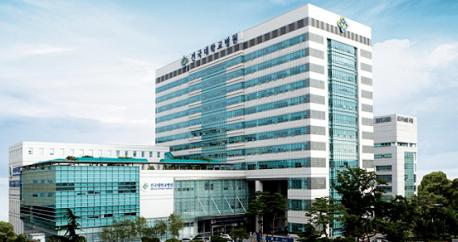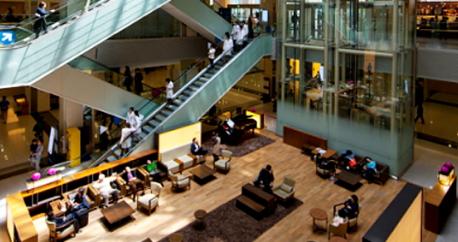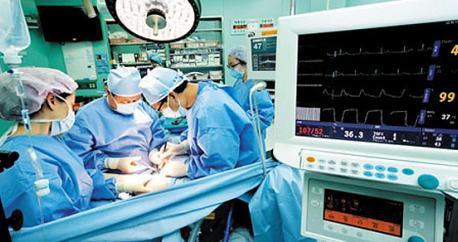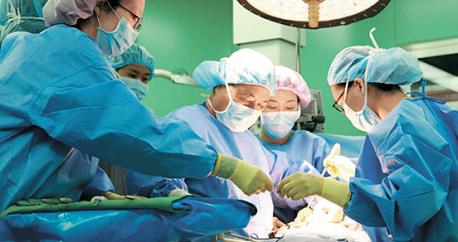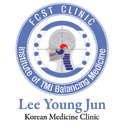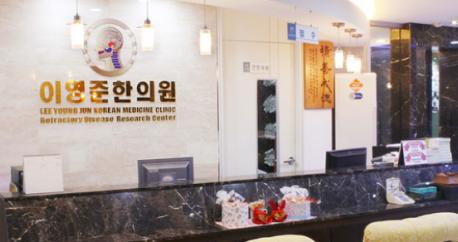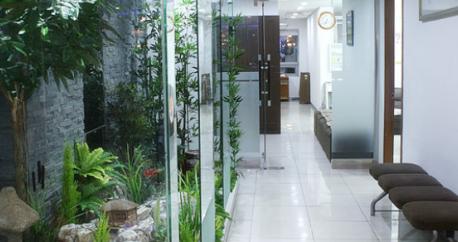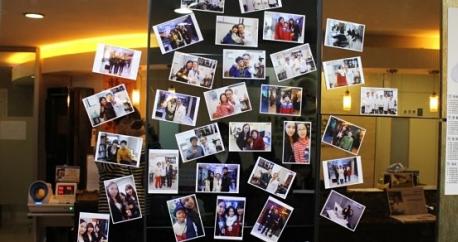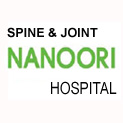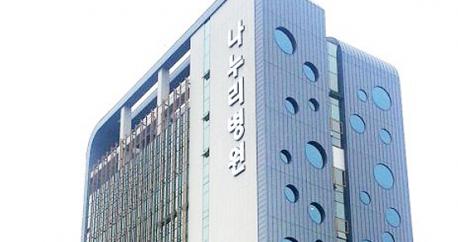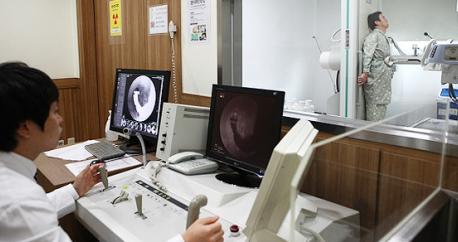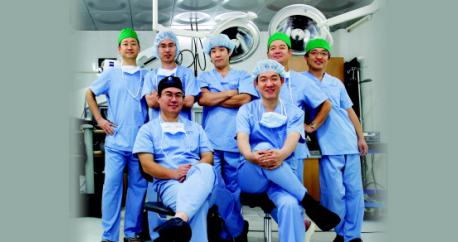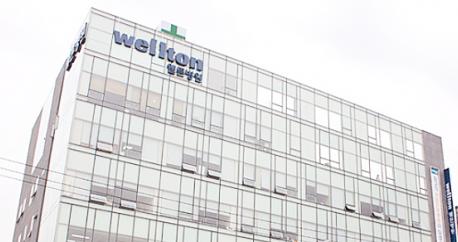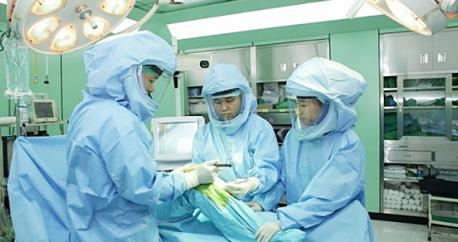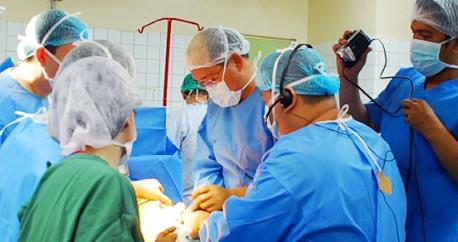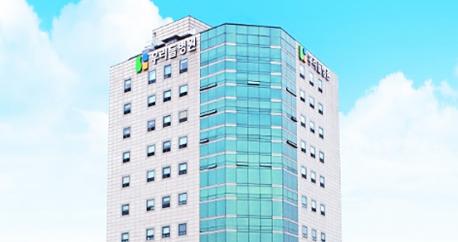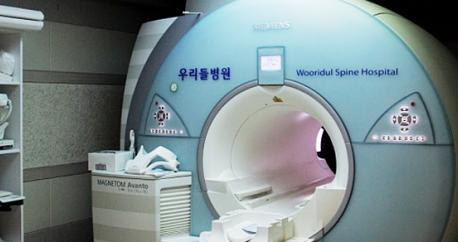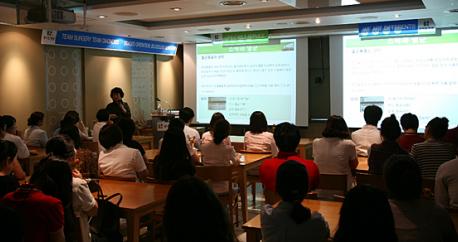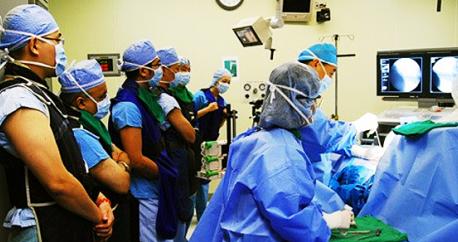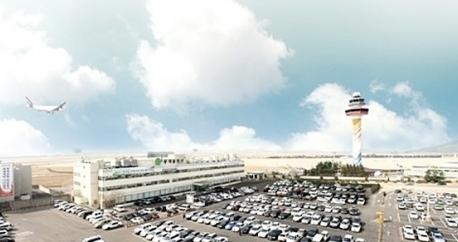Percutaneous Endoscopic Disc Surgery
As the surgical operation of removing the nucleus pulposus of the spinal disk that contains over 85% of moisture, it is operated with the minimal incision of 5mm to cause nearly zero bleeding and pain to be performed under local anesthesia. There is almost no damage to the bone, muscles or nerves and has lesser physical burden to be the appropriate treatment to older patients as well as patients with diabetes
Indications
- Disk problems with light symptoms
- Patients with disks protruding to sides
- Young patients with frequent pulling sensations in the leg
Method of Surgery
This is the surgery of making a local incision of 5mm under local anesthesia to remove the disk while observing with the endoscope. Since the protruding disk is removed under direct observation through the endoscope, it is possible to directly control the bleeding as well as confirm the removal of disk, to have almost no concerns for relapse after surgery.
Microscopic Laser Disk Surgery
As the surgery that is universally applied to patients in need of back disk surgery, this is the method that selectively removes the bad disks through the minimal skin incision. The surgical operation is processed by cutting 1.5cm of the skin to view by expanding the lesion portion through the microscope. Approximately 20~30 minutes are required for the operation and it requires no transfusion and possible for safe surgery to the older patients with local anesthesia.
Indications
- Spinal Stenosis patients that have pain in their legs from minimal walking
- Patients with severe disk rupture
Method of Surgery
After making a minimal incision of 1.5cm, view through the microscope and remove the bone pressing the nerve to reduce pressure placed on the nerve in eliminating pain or expanding the narrowed spinal canal.
Spinal Fusion
As the method of fixing the spinal bone with a screw after removing the problem causing disk and inserting the prosthetic in the height of the disk, it is performed with the minimal incision, causes small amounts of bleeding and requires no transfusion.
Indications
- Spondylolisthesis patients
- Spinal stenosis patients
- Spondylosis patients
Method of Surgery
As the method of fixing the screw through the skin in the back without making an incision in the back after performing the spinal fusion for the front bone that does not damage the spinal nerves, ligaments, muscles and bones, this surgery does not touch the spinal nerves at all to have small amounts of pain by reducing nerve synechia which can also reduce complications.
Total Disk Replacement
This is the surgical operation of removing the deteriorated disk to substitute the artificial disk in its place. The surgical method is appropriate for patients who do not show improvements with the conservative treatment methods such as drug therapy and physical therapy or cases where the spinal gaps decrease or crushed due to the degenerative changes of the disks in the lower back and neck. By using the artificial disk, it frees the movements of the spine and with the ergonomically designed disk, it is possible to maintain the elasticity and safety.
Indications
- Patients of unstable lumbar spondylosis
- Patients of Degenerative Spondylolisthesis
- Patients with post-surgical lumbar spondylosis
Method of Surgery
This surgical method takes its first step by searching for the area requiring the surgery by the image amplification device x-ray. Next, it firmly ties and fixates the loosened back ligaments with special ligaments made by polyethylene by making an incision. This operation does not place great pressure on the body and therefore, can be performed on patients of diabetes and hypertension as well as the older patients over the age of 75.
KMH Recommended Tips
- 1. Use firm bedding when sleeping.
- 2. When required, receive help of sleeping aids for deep sleep.
- 3. Showering is possible 2 weeks after leaving the hospital and from then, please take frequent showers with warm water.
- 4. Maintain wearing the assisting aid for 1~3 months to prevent blood clots.
- 5. Avoid laying face-down on the ground or the bending position and maintain the correct position when sitting down, standing up or picking up an object.
- 6. Continue to do exercise therapy(deep breaths, joint muscle exercises, abdominal, quadriceps and leg xercises)

